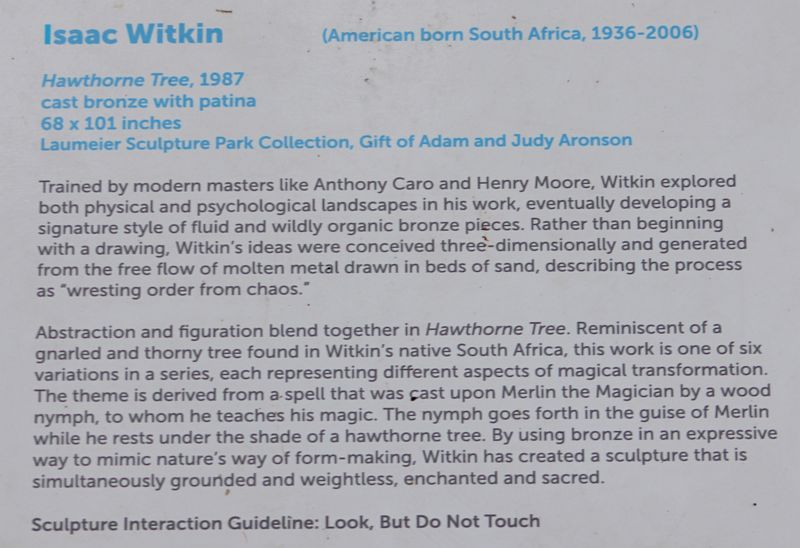I’ve never used social media*, so I’ve never been affected in any way by the problems Facebook, Xitter, etc. Am I missing something?
I remember PZ trying to choose between Mastodon and BlueSky, and Mike the Mad Biologist recently mentioned a couple of things that he likes about BlueSky. Should I try out one of those? What will I be able to do that I can’t do now?
*OK, I guess blogs are a kind of social media; but aside from that…
I did create a LinkedIn account near its beginning, but I wound up never using it for anything.


